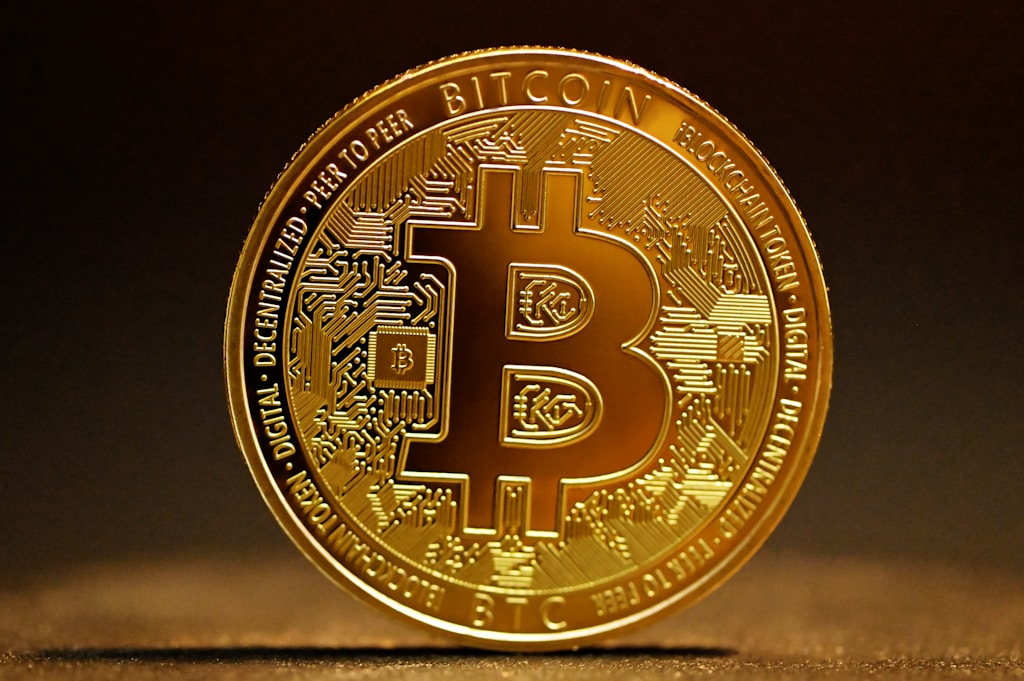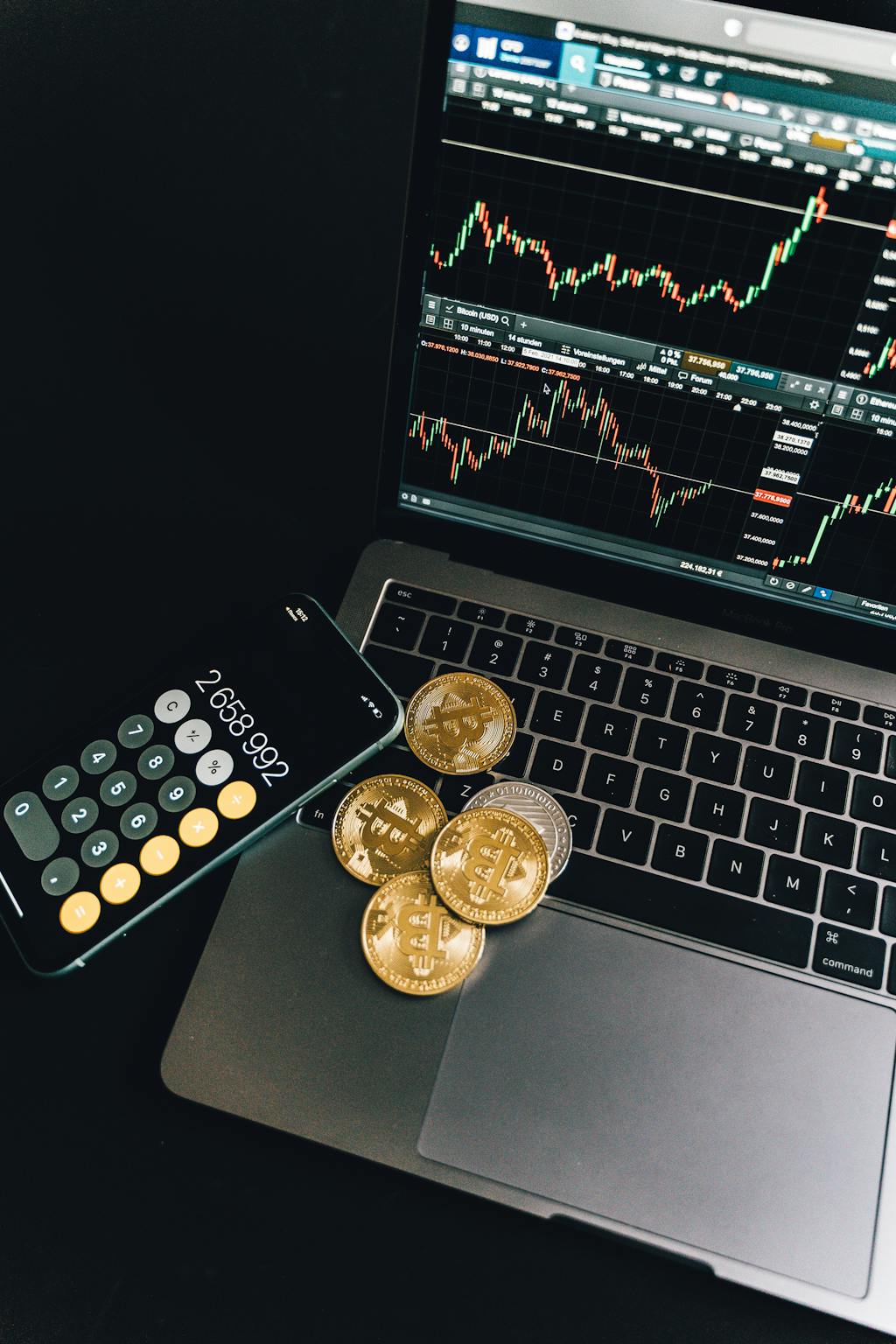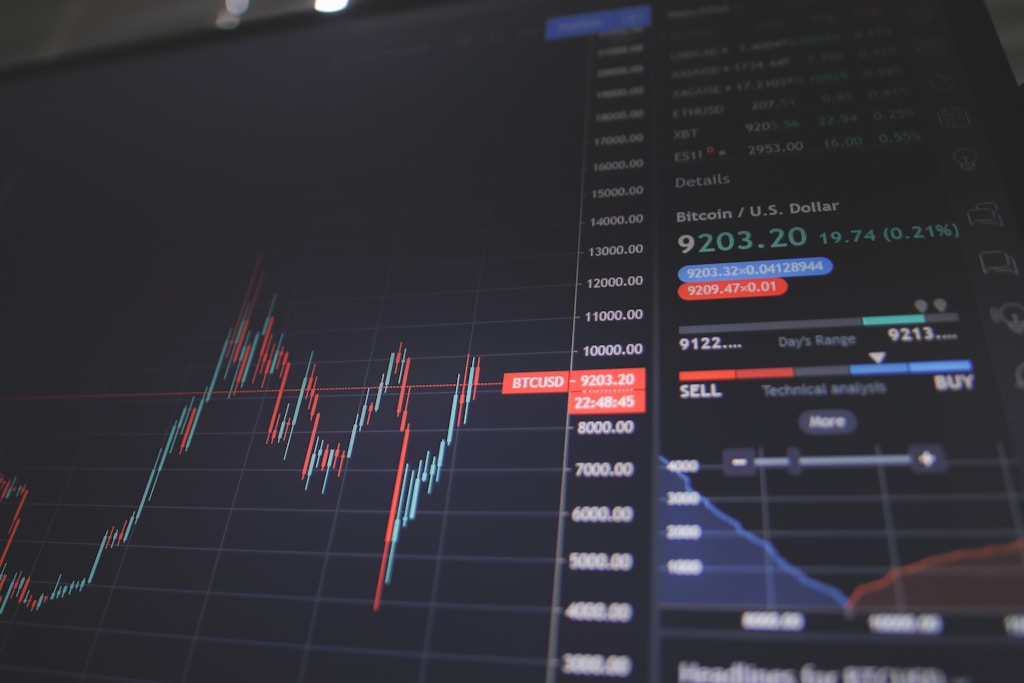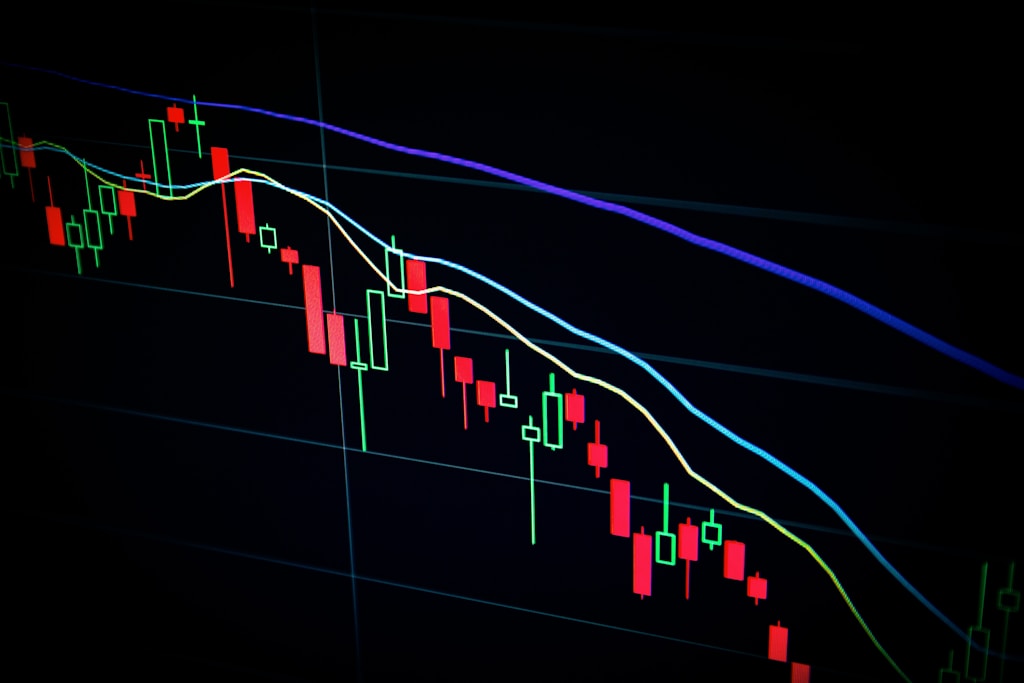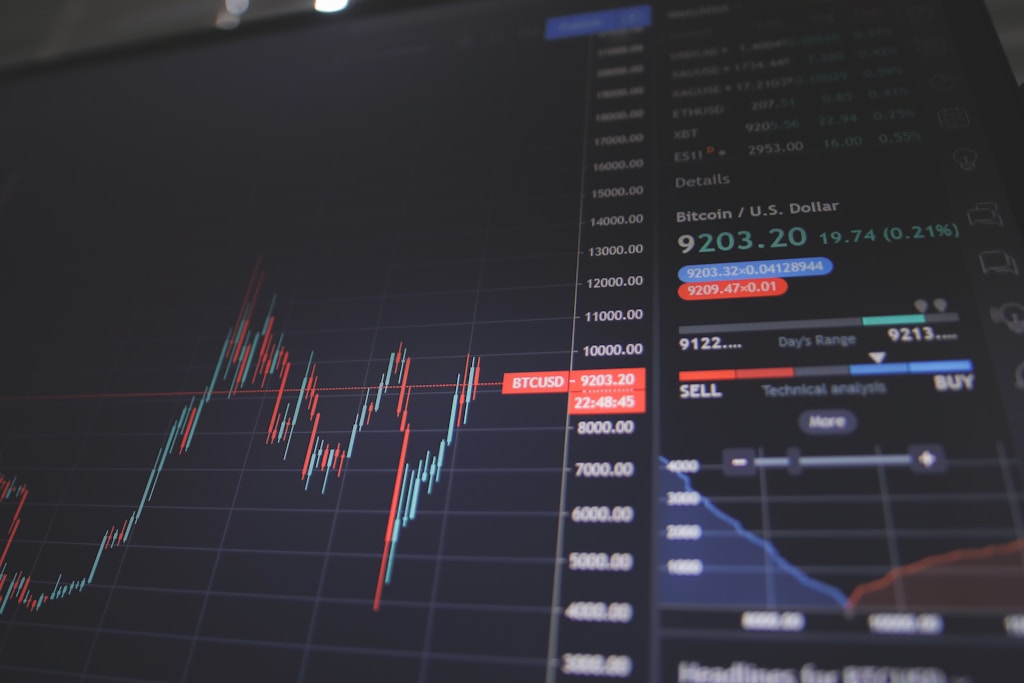The cryptocurrency market is buzzing with anticipation as renowned analyst Crypto Michael, who accurately predicted XRP’s previous surge from $0.5, forecasts another significant price movement for the digital asset. With XRP currently maintaining crucial support at $2.48, the stage appears set for a potential breakout above the psychological $3 barrier.
Technical Analysis Points to Historic XRP Breakout
Crypto Michael’s analysis centers on a remarkable 7-year bull pennant formation that preceded XRP’s current rally. This technical pattern, combined with strong market fundamentals, suggests that XRP could be preparing for one of the most significant breakouts in cryptocurrency history. The altcoin has already demonstrated its potential by becoming 2024’s second-best performer among top 10 cryptocurrencies.
Key Price Levels and Resistance Analysis
According to analyst CasiTrade, XRP needs to break and hold above $2.69 to trigger an explosive move beyond $3. Supporting this outlook, Ali Martinez’s analysis of Glassnode data reveals a notable absence of major resistance clusters ahead, with key support established at $2.38.
Double-Digit Price Predictions from Multiple Analysts
Several prominent analysts have issued bold predictions for XRP’s future price action:
- Pepa: Projects $30 by year-end or early next year
- CrediBULL Crypto: Forecasts $28 by end of 2025 (Wave 5 completion)
- Egrag Crypto: Predicts range between $27-$33
- Mikybull Crypto: Conservative estimate of $4-$6
Current Market Status and Trading Conditions
As of the latest market data, XRP is trading at $2.52, showing a minor 2% decline over 24 hours. However, the broader technical setup remains bullish, supported by strong fundamentals and increasing institutional interest in the cryptocurrency sector.
FAQ Section
What is the next major resistance level for XRP?
The next significant resistance level is at $2.69, which needs to be broken for a potential surge to $3.
When could XRP reach its new all-time high?
Based on current analyst predictions, XRP could reach new all-time highs above $3.84 within the next few months, potentially by end of 2025.
What technical indicators support the bullish XRP prediction?
The 7-year bull pennant formation, lack of major resistance clusters, and strong support at $2.38 are key technical indicators supporting the bullish outlook.

